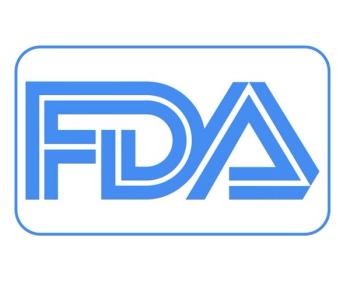
Study Author Reviews Results: Trends in Time to Initiation of Second-line T2D Treatment
Initiation of second-line type 2 diabetes treatment is lagging while A1c at the time it is introduced is climbing. The author of a new study highlights his findings on clinical inertia.
Patients with type 2 diabetes (T2D) who remain above recommended glycemic targets are at increased risk for a myriad of well-known complications, elevating the importance of early, aggressive treatment.
In this interview with Patient Care© Online, Sridharan Raghavan, MD, PhD, assistant professor of medicine in the Department of Medicine at the University of Colorado Anschutz Medical Campus, reviews the findings of a study he recently led on trends in timing of and A1c level at initiation of second-line therapy among US veterans newly diagnosed with type 2 diabetes.
The findings reinforce the subtle but steady erosion in therapeutic progress driven by clinical inertia in US health care.
For more of Patient Care's conversation with Dr Raghavan, please see:
Sridharan Raghavan, MD, PhD is an assitant professor and clinical investigator in the division of hosptial medicine, University of Colorado Denver, Anschutz Medical Campus and a clinician at the Rocky Mountain Regional Veterans Affairs Medical Center in Aurora, Colorado.
Reference: Raghavan S, Warsavage T, Liu WG, et al.
Newsletter
Enhance your clinical practice with the Patient Care newsletter, offering the latest evidence-based guidelines, diagnostic insights, and treatment strategies for primary care physicians.

























































































































































































































































































